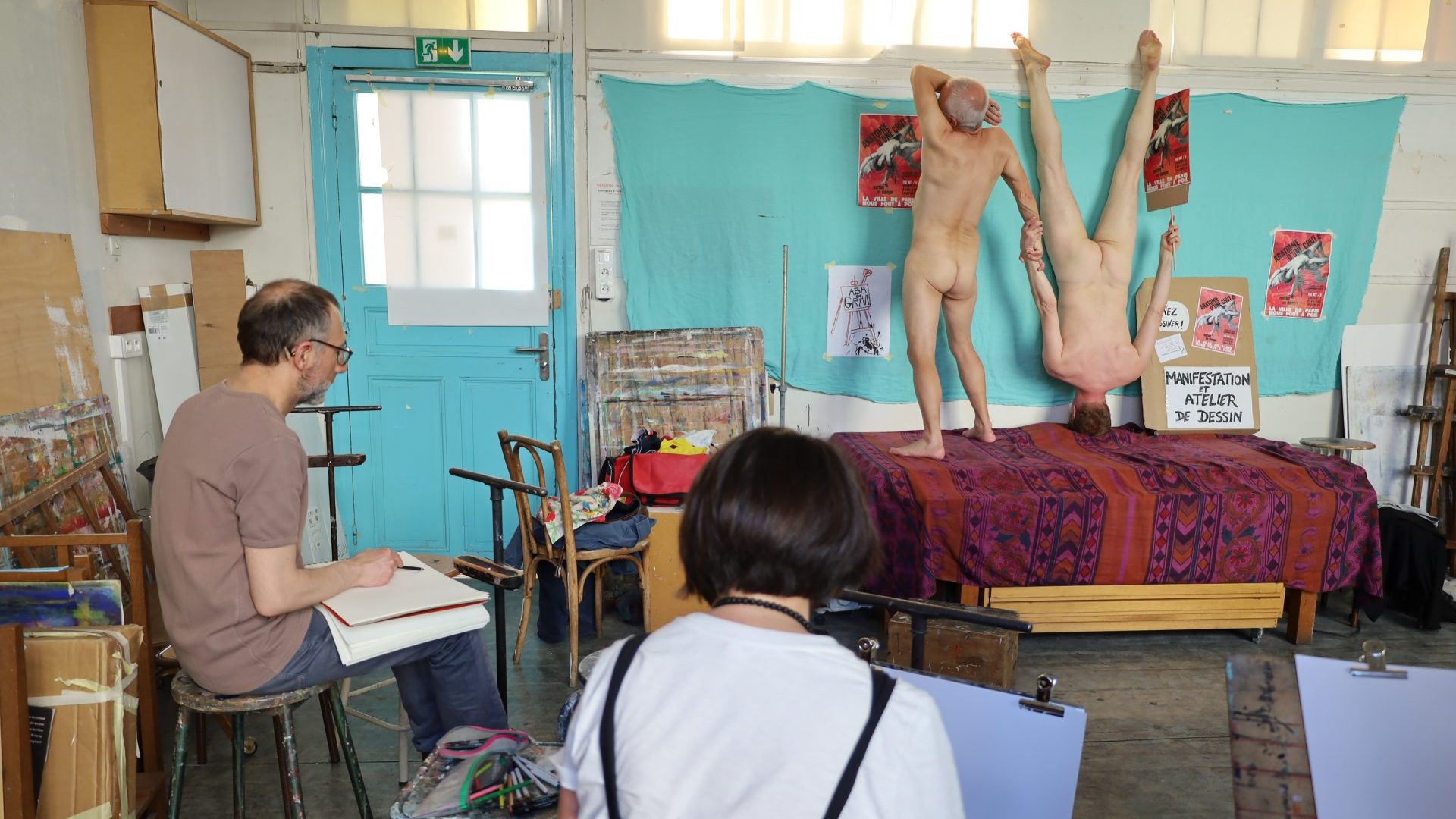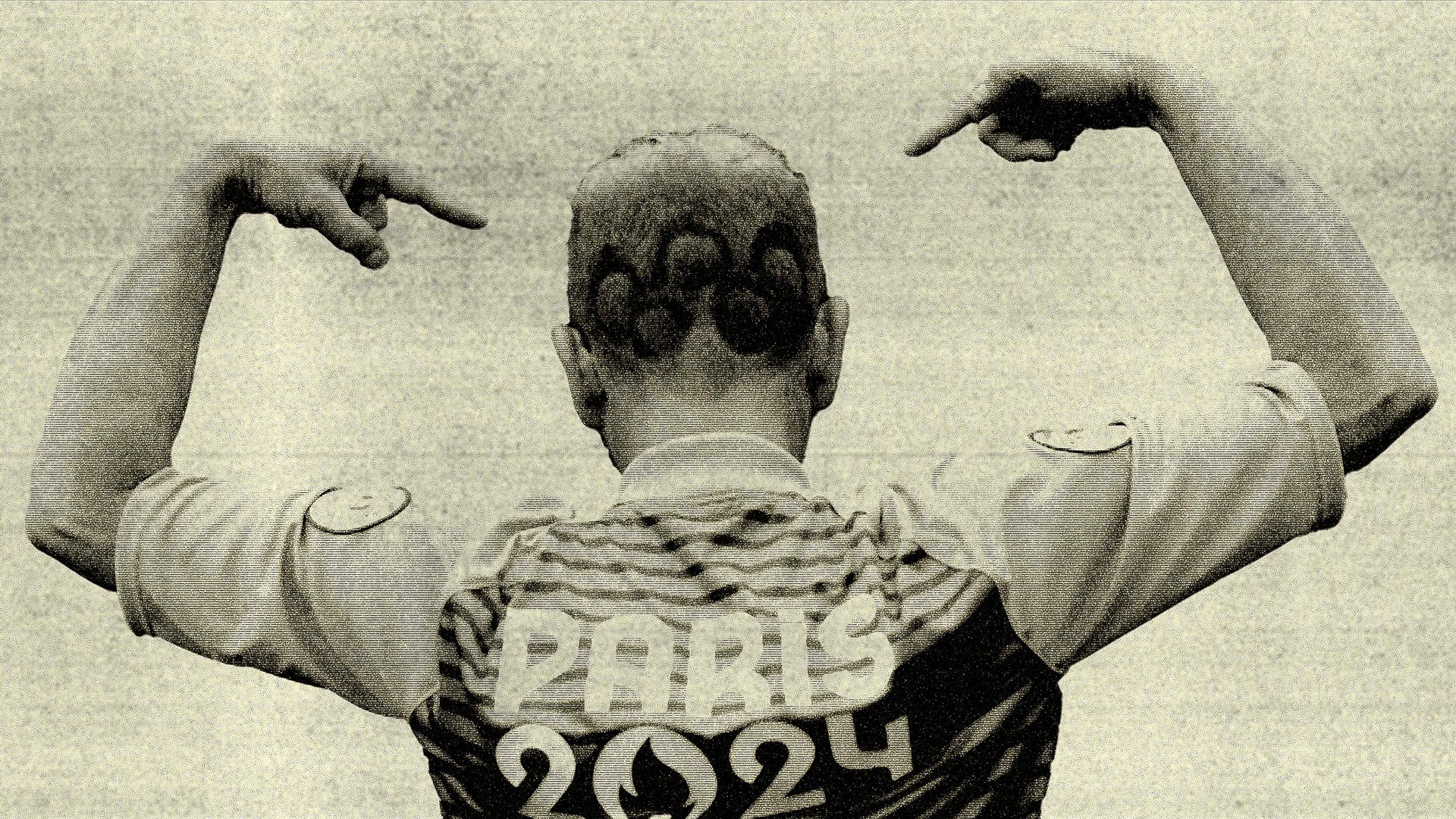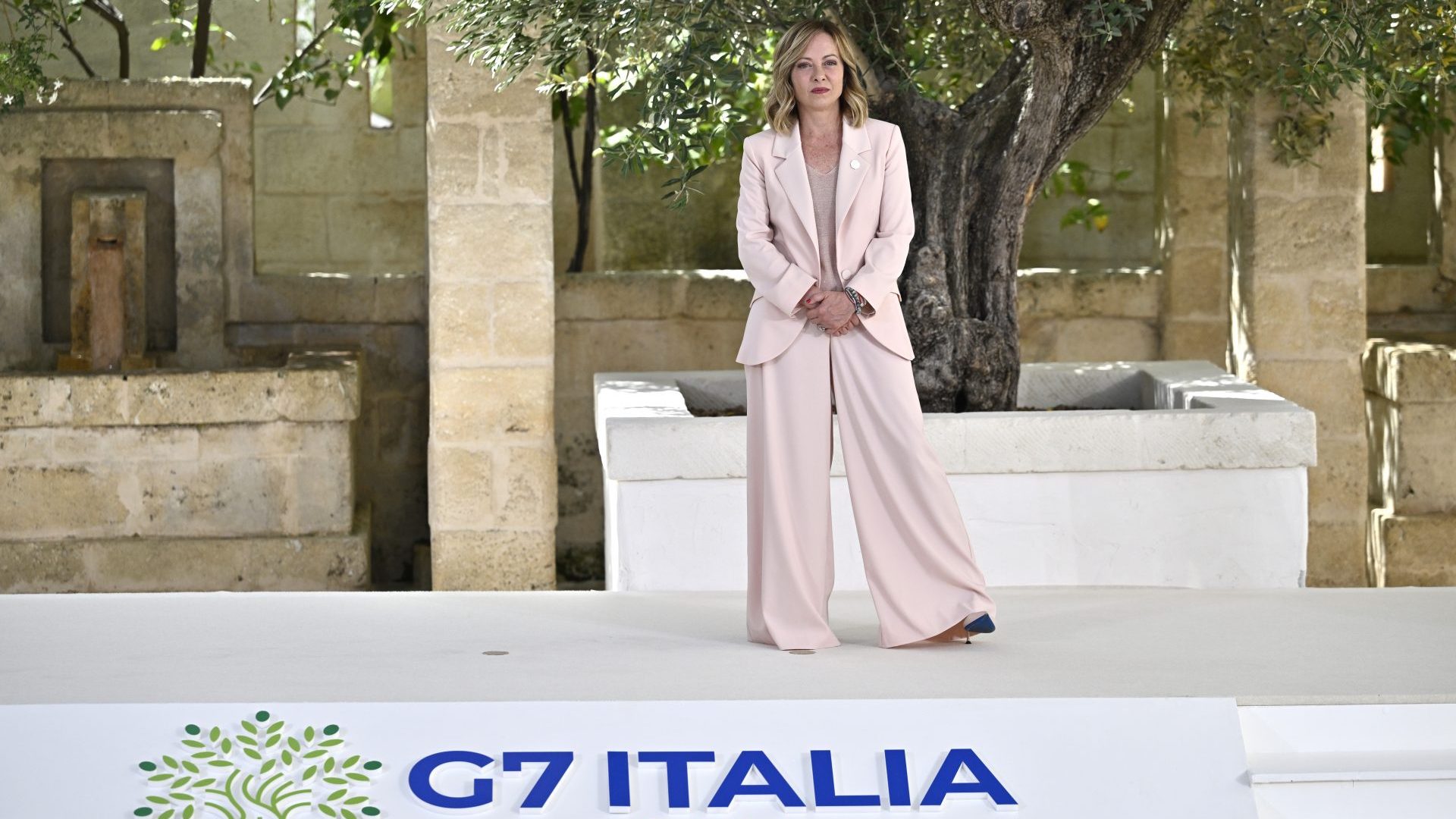With its splendid museum collections, distinctive Haussman architecture, and centuries of artistic history, Paris’s reputation as the City of Art is unquestionable. However, among the local community of art models, it is also infamous for being a very bad employer.
Gathered on a small hidden square near City Hall, several dozen art models, teachers, and administrative workers from the Parisian Fine Arts Workshops have come to voice their concerns. “We’ve been waiting for a decent salary for 15 years,” reads their banner. Some women wear “Strike” across their chests and “Enough is enough” over their private areas, while a number of men sport paper-cut testicles reading: “We’re pissed off!”.
Nude modelling has been an integral part of French art schools for centuries. Lysippe, a male model who prefers to be called by his artistic name, explains that modelling requires adapting to various factors: the type of paint and technique being taught, the artists present, and even the atmosphere in the room.
“Younger students easily get bored, so I engage them with something that makes them think, ‘This is cool!’ It involves a good deal of acting,” he says. “We also do our best to create a comfortable environment, which is challenging when you are naked. Some students are shocked and embarrassed, and it’s our job to radiate only positive energy.”
Lysippe is worried that the precarious situation of models is getting unbearable. The rate of €15 per hour hasn’t been revised since 2009, while inflation has surged and, for many, getting work elsewhere is increasingly difficult.
Sonia, who also prefers to use a pseudonym, has worked as a nude model for over 30 years. Passionate about art, she used to juggle multiple employers in order to get by. But with the Parisian housing crisis in full swing, times are tough – she currently shares accommodation with eight others.
The trade is physically very demanding – you just try holding a pose for 45 minutes without moving. But for Sonia, the most challenging aspect is psychological: keeping personal troubles out of her facial expression, and learning to feel comfortable while posing nude.
“If this profession disappears, it would mean losing a vital part of our cultural heritage – the fundamentals of drawing, painting, and sculpture,” she says.
Sonia highlights that the models are not asking for anything extraordinary, “just to be treated as human beings”.
“As models, we don’t even have a place to rest and eat in the building. When coming to pose for the workshop from another job, I sometimes have to eat outside in the cold and dust.”
To qualify for certain benefits such as transportation and food, models must work 75 hours a month, a goal made unattainable due to the steady decline in life drawing classes.
Two City Hall officials cause a stir as they appear among the crowd, and they are immediately surrounded by protesters, who start telling them their stories.
“We have a colleague in such desperate circumstances that she once threatened to jump out of a window,” one woman tells a politician. “Another one only had €100 to celebrate Christmas with her family this year, due to late payments,” says another.
One of the officials is Anne Biraben, a councillor of the City of Paris. A former student at the Beaux-Arts herself and now an architect, she understands the importance of models.
“It’s an important profession and deserves to be recognised as such,” Biraben says. “Which means we need to give models real status. It’s clear that making administrative changes is extremely difficult and will take a long time, but it has to be done.”
Meanwhile, models plan to continue their strike. They will be showing up to work fully dressed.
Svetlana Lazareva is an independent multilingual journalist based in Paris




